The Monthly Interview: Rob Lowe, aka Supermundane
Mark Sinclair talks to the artist and designer about his new book, Lost Ordinary Magic, and the importance of recognising the power of simplicity and the everyday wonders that surround us
“There’s a funny thing that I’ve never experienced before,” says Rob Lowe, the artist also known as Supermundane, “because I’ve never had a book published by a real publisher before. You just keep getting messages saying, ‘Happy publication day!’” Lowe’s book, Lost Ordinary Magic, is out the day that we speak and it’s clear that its existence is a source of pride for the artist who started out in graphic design and has since moved around and within numerous creative spheres, from design and illustration to writing, making a name (or two) for himself in each.
The book, which links directly to his art practice and his own philosophy, is the result of a lifetime of observing the world and finally having the opportunity to write down what he sees. Lowe is known for his use of simple, geometric lines and shapes in his commissioned design work and art projects, whether it be a postcard-sized print or a sprawling wall mural, and it perhaps comes as no surprise that simplicity is an important aspect of the way he lives his life as well. Lost Ordinary Magic features short texts on 68 subjects and he naturally includes ‘Lines’ as one of them.
“We leave our mark on the world and define our space in it through lines,” he writes. “They are everywhere (physically and metaphorically) and once you notice them, they are a clear indication of human activity or control. Even the lines that nature makes only have meaning or beauty to humans. The line is a deeply human thing that we respond to in many different ways but, fundamentally, on an instinctive level.”
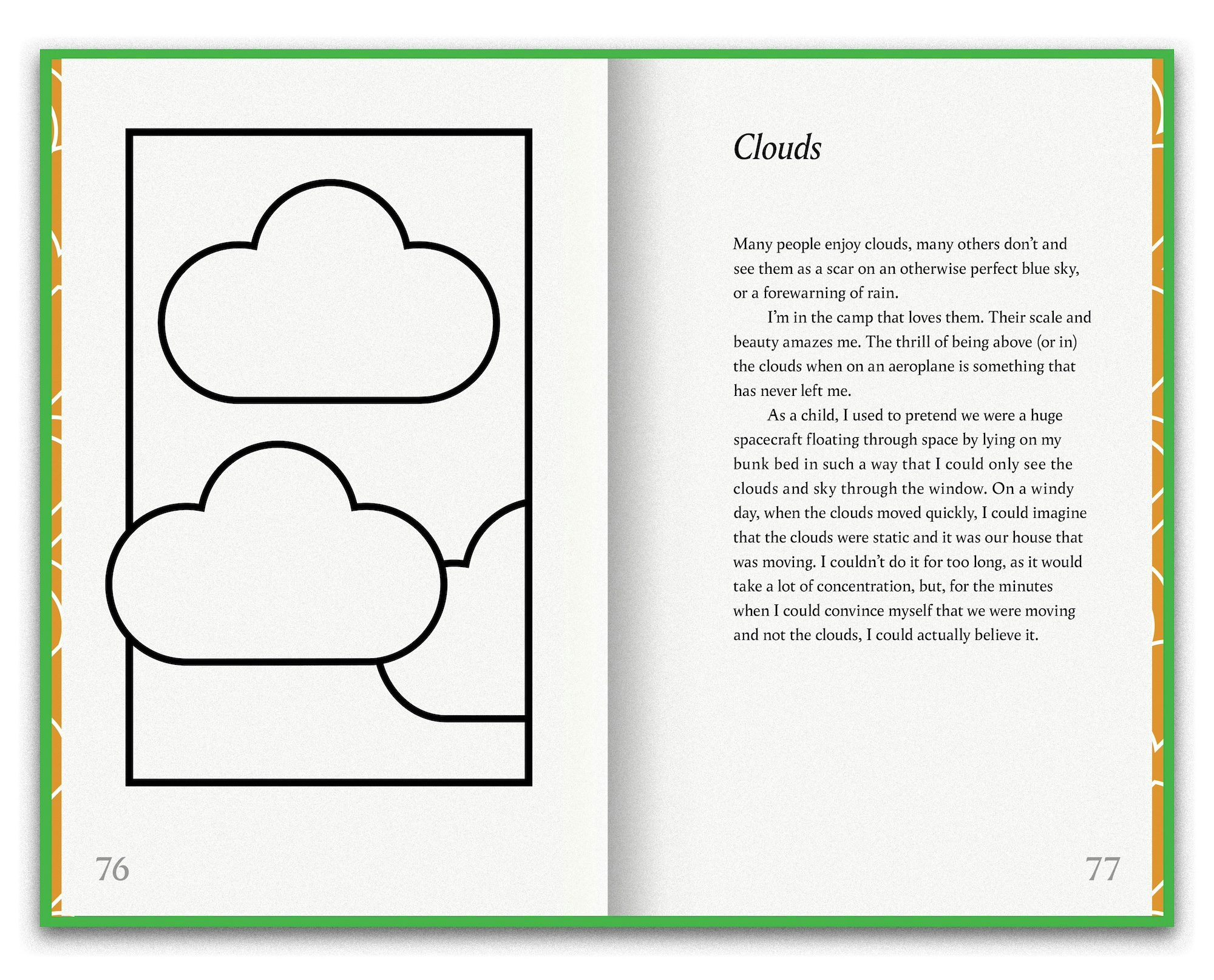

In ‘Context’, he cites that his use of “very simple elements: circles, squares, right angle lines and 45 degree lines” is informed by the “placement of these shapes that means that these simple things can be used to represent many things”.
Lowe’s childhood was spent in the small town of Fazeley, near Tamworth in the Midlands, very close to Drayton Manor theme park. After completing an HND in Graphic Communications in Middlesbrough, he started work at Haden, a kettle manufacturer based back in the Midlands.
When not designing packaging and graphics for the kettles, Lowe found he had time to do his own thing, and he eventually applied for job at the lava lamp company, Mathmos, before working for Ministry of Sound in 2001 and then establishing his name within the independent magazine scene, art directing and designing for Sleazenation, Good for Nothing, Anorak and Fire & Knives.
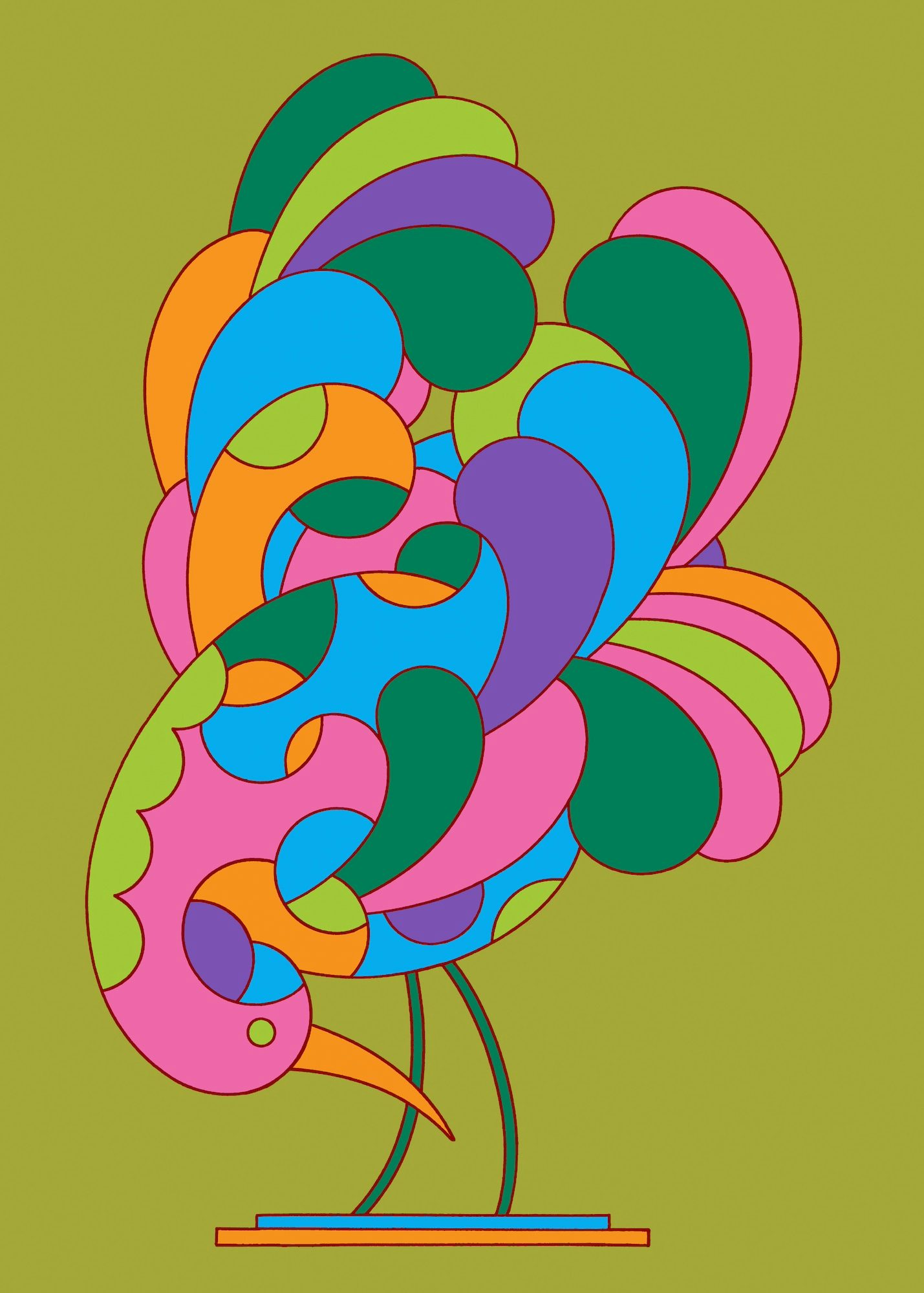
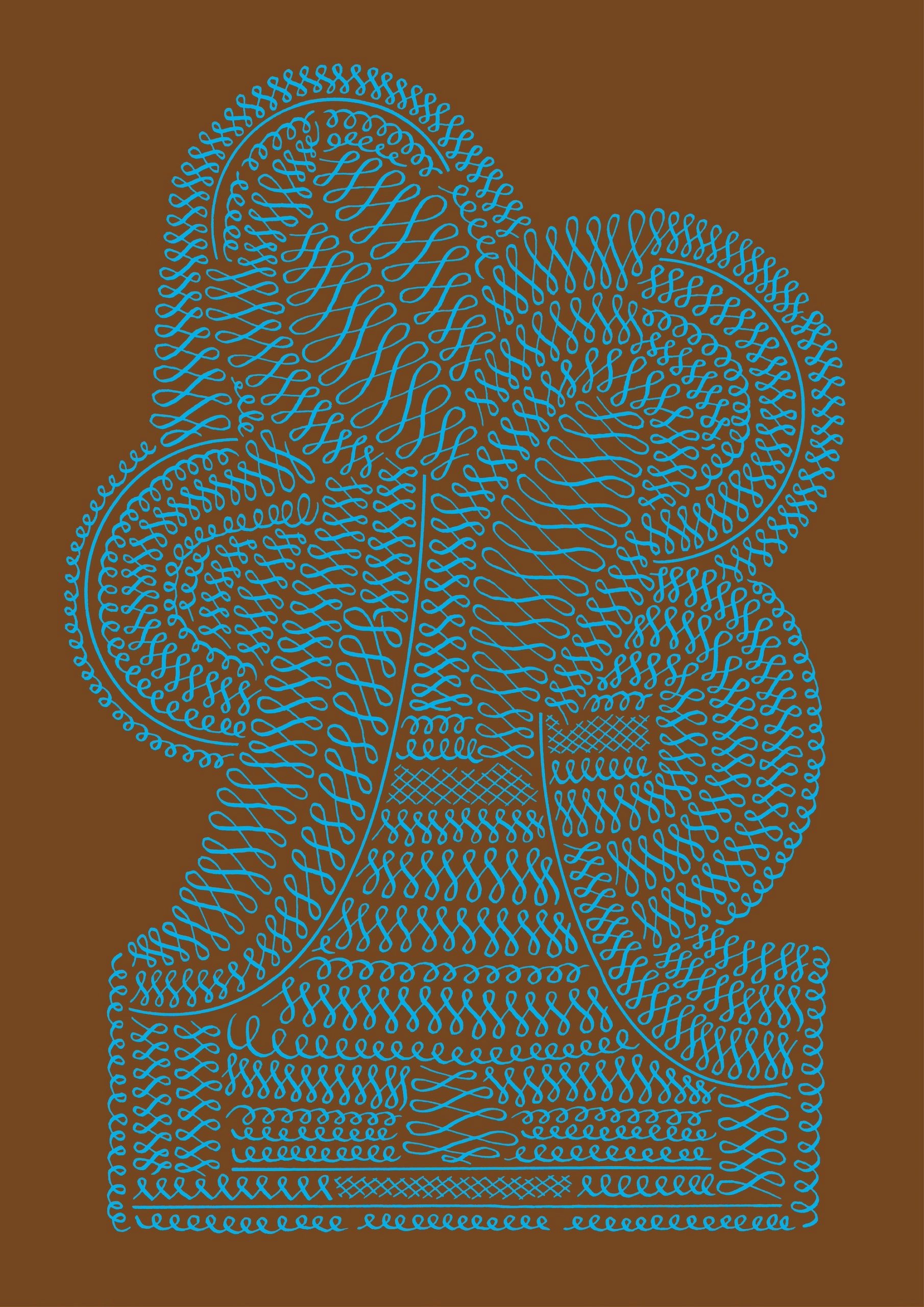
It was around this time that Lowe also began working under the name Supermundane (a word he found in “a big dictionary” at the kettle factory and that means to be “above earthly things”), producing numerous personal projects and exhibitions along the way.
Supermundane became Lowe’s full-time occupation in 2012 and he has since worked for clients as diverse as Comic Relief, the UEFA Champions League, London Graphic Centre and his beloved Tooting Bec Lido, all the while maintaining an active profile as an artist selling colourful prints and ink drawings, short run publications and T-shirts from his online shop. Since late 2012 Lowe has lived and worked out of Havelock Walk studios in Forest Hill, south London.
We leave our mark on the world and define our space in it through lines. They are everywhere and once you notice them, they are a clear indication of human activity or control
In a way, Lost Ordinary Magic is a celebration of not being afraid of simple things and simplicity – how this might help the creative process, but also how it might also help one look at life differently. In the entry for ‘Doing Nothing’, Lowe references Brian Eno and Peter Schmidt’s Oblique Strategies, a box of cards featuring prompts designed to help with inspiration. “One of the cards says: ‘Don’t be afraid of things because they’re easy to do.’ Maybe we need to do more nothing and notice when good things are already being done,” Lowe writes.
Just ‘noticing’ is a practice that can be honed and lead to new things, he implies, if not simply to singular moments of joy and happiness. In fact, there are more entries in the book that concern things that aren’t directly related to making art, though they of course feed into how one might look at the world anew in order to make art. There are texts on trees, maps, laughing, not thinking, Ivor Cutler, mimicry, masking tape, train travel, pockets and cold water swimming. Lowe’s style is a fine blend of whimsically raising a subject, taking the reader one way, then making them think again.
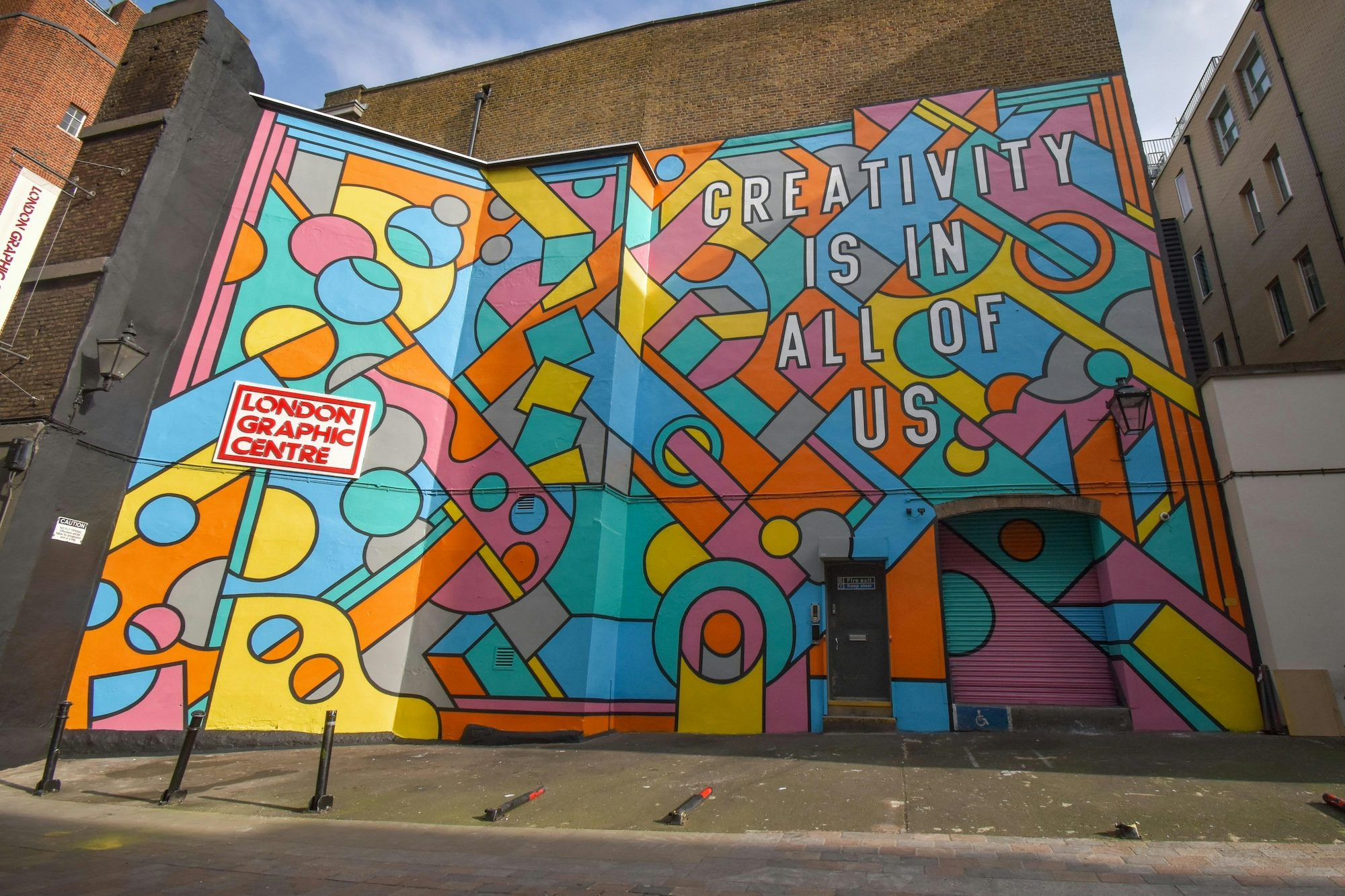
“I had a conversation with a friend where I live,” Lowe says of the genesis of the book. “I was just talking about the fact that it’s strange how you put sugar in water and it disappears, but you can still taste it. We just accept it, but it’s kind of strange.” When Lowe discovered that not everyone shared this kind of wonderment at everyday things, he began to think of more ordinary things that we take for granted.
At the same time, he was reading Leonard Cohen’s 1966 novel Beautiful Losers (“a really odd book”) and in it appears the sentence “Lost ordinary magic”, which Lowe then used for the title of his emerging collection of observations. “That’s the beginning of me thinking there are lots of things like this that we just take for granted,” Lowe adds. “We stop questioning [things], because we can’t question everything, you’d go mad – but at the same time they’re consistently amazing.”
Many of the subjects Lowe has included in his book relate to, or come from, childhood – “a legitimate point of view [from which] to be amazed”, as he puts it. These in-the-moment experiences stay with us (and perhaps feel like a kind of magic) only to become ordinary as we get older and repeat them throughout everyday life. But look again, Lowe seems to be suggesting, and you can be rewarded.


“If we start looking at the small things, the simple things, you can start there and then complicate things,” he says. “But we tend to go straight into complexity now. I have a bit of a problem with virtuosity; it seems like a dead end. I’ve got no trouble with people getting good at things, or things being hard, it’s just that to me at least the [results] become less and less human.” Part of Lowe’s desire to slow down and focus on the world around him is in reaction to the way we live now and the relentless pursuit of novelty. “In most of what we do there’s almost this strive to change and be more and that seems like quite a new thing to me.”
That said, Lowe is no stranger to embracing new avenues for expression. Visit his Instagram and in one post he’s making an improvised drawing in a video filmed from above, created using a seven-circle stencil, a protractor and a children’s Safe-T compass (it has no sharp point); then he’s posting a series of pictures of banners stretching the length of London’s Regent Street, each one featuring graphics that Lowe designed for the UEFA Champions League final that the city hosted in June this year.
Scroll further and he might pop up himself as part of a semi-regular series of to-camera pieces where he covers a range of subjects with a charm that comes naturally and an assuredness that he has worked hard at to achieve. Instagram’s leaning towards video meant that he had to adapt in order to show his art on the platform. “My work is about non-moving things suggesting movement, [so] I had to find a different way of doing those. The drawings on grey paper are me just doing them, improvised – [so] there’s not that much pressure in my producing them. I’m not trying to perform so much as documenting my process.”

Writing is a relatively new path for Lowe, too – and while Lost Ordinary Magic features pages of well-written stories, it’s perhaps poetry that has transformed how he thinks about the power of the written word, “and the power of putting simple things together”. As a reader and writer of poetry, it’s a subject that crops up a few times in his book. “The way I make poems is almost in exactly the same way as I do abstract forms,” Lowe says. “I’ll do a very quick sketch then spend ages moving things, creating balance or tension, whatever. What I like to do with most of my work is create something that is immediately accessible, then has layers over time. I always feel it’s a bit like good 80s pop music – where you can just enjoy the tune or you can find out that it’s about nuclear war!”
Lowe says that, despite having loved English at school, he was never as confident with his written work as he was with his visual art. “Often the words were in my visual work and then slowly I’ve been able to pull them out of that. Now I’m kind of bringing them back in and finding ways to bring the two things together.”
Lowe works against the “idea that complexity is valued more than simplicity, in everything we do” in both his art and his approach to life, as evident in his beautifully observed texts on everything from ‘Woods’ to ‘Nonsense’ via ‘Telling Stories’. “I live quite a simple life, I have a lot of books, stuff; I don’t have a car or a house,” he says. “I live where I work, in a very nice street with lots of people who are artists, who I know. I have a lot of space to live quite simply.” It sounds like he’s found plenty of ordinary magic along the way.
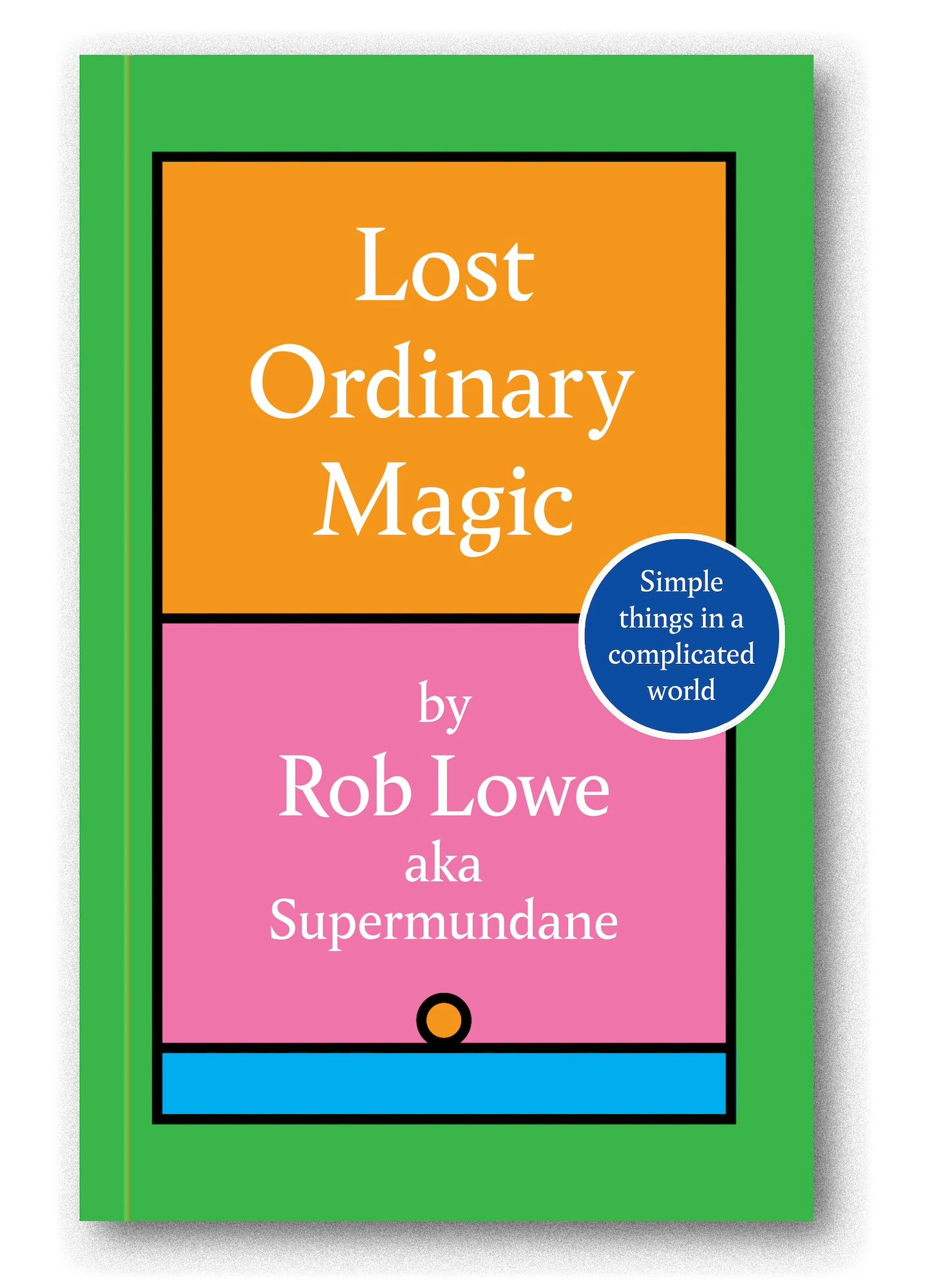
Lost Ordinary Magic by Rob Lowe is out now, published by Sphere; supermundane.com




